WHEN THE KINGS
COME MARCHING IN
When the Kings
Come Marching In
ISAIAH AND
THE NEW JERUSALEM
Revised Edition
Richard J. Mouw




Contents
vii
Preface
 'hen I was invited in the late 1910s to give a series of Bible study-type lectures at Bethel College in North Newton, Kansas, my hosts encouraged me to choose a theme that would be considered provocative on an Anabaptist campus. I chose to organize my lectures around what I take to be the "transformation of culture" emphasis in Isaiah 6o. My Mennonite hearers, while gracious and receptive, were not uniformly "non-resistant" in their responses to what I had to say. I came away from that stimulating encounter with a new appreciation for the complexities of the theme I had been developing.
'hen I was invited in the late 1910s to give a series of Bible study-type lectures at Bethel College in North Newton, Kansas, my hosts encouraged me to choose a theme that would be considered provocative on an Anabaptist campus. I chose to organize my lectures around what I take to be the "transformation of culture" emphasis in Isaiah 6o. My Mennonite hearers, while gracious and receptive, were not uniformly "non-resistant" in their responses to what I had to say. I came away from that stimulating encounter with a new appreciation for the complexities of the theme I had been developing.
I continued to revise my thoughts as I tried them out at Regent College, Fuller Theological Seminary, and the Woodbury (Pa.) congregation of the Church of the Brethren. In each case I gained much from the dialogue that took place. I also benefited greatly from the critical comments of several colleagues at Calvin Col lege who read a draft of my written lectures. All of this resulted in the first edition of this little book, which I wrote during the 1980-8i academic year, while I was a visiting professor at Juniata College in Huntingdon, Pennsylvania.
The book was not exactly a best-seller, although it did receive several positive reviews - and it was published in both French and Korean translations. After a few years the English version went out of print, and I was content to see it laid to rest. Over the years, though, I have gotten frequent occasional requests for copies, and a number of people have made a point of telling me that the book had been helpful to them in their thinking about the Bible's treatment of cultural questions.
For some reason, the requests for copies and expressions of appreciation have increased significantly in the past few years. This pattern, along with three other factors, got me thinking about reissuing the book. The first is that I have run out of copies to give away. The second is that during a recent visit to Calvin College I discovered that a number of students had been reading photocopied versions, and were eager to quiz me about what I had written. One undergraduate student in particular, Nathan Bierma, asked me some probing questions, and after a stimulating - but all too brief - discussion of some fascinating issues, he urged me to see to it that the book be given a new life. The third factor is that this encounter inspired me to reread the book for the first time in many years (partly because I wanted to see how I should have answered Mr. Bierma's questions), and I found that I actually liked what I read - and that, more importantly, it seemed to me to say some good things about issues that are of continuing relevance to the life and witness of the Christian community. But I did decide that a few of my illustrations needed to be updated - and while I was at it, I also made a number of simple stylistic changes along the way.
In working through this text again, I have been pleased to discover that I still pretty much agree with the line of argument that I set forth two decades ago. At the same time, I am quite aware of dimensions of the "end times" that I have not addressed in these pages. For one thing, I have attended many more funerals than I had when I wrote this book two decades ago. I have grieved the loss of close friends and family members, and in doing so have thought much about the more individual dimensions of the afterlife.
I think I was careful throughout my discussion to acknowledge both dimensions. But these days I am more inclined to emphasize such things as the "endless rapture of adoration" aspects. The passive dimensions of the afterlife have much more appeal to me now than they did twenty years ago. To put it bluntly, the idea of eternal rest seems more attractive these days than it did in my younger years!
The Bible provides us with many different images of the afterlife. It isn't easy - indeed, it is probably impossible - to weave them all together into a coherent picture of the heavenly state. But that ought not to bother us. My own hunch is that God has provided us with a rich storehouse of diverse images of the afterlife, all of them hints in the direction of something that is beyond our present comprehension, so that we can be free to draw on one or another of them as a particular situation in our life may require. But even though the reflections in these pages strike me now as the thoughts of a much younger and more energetic version of my present self, the vision of an Eternal City in which the patterns and products of our present cultural lives are transformed, and in which a multitude that no human being can number is gathered from the tribes and nations of the earth to sing the Lamb's praises - this vision still manages to inspire in me a profound sense of wonder and anticipation.
I am indebted to my good friend Jon Pott, of the Eerdmans company, not only for the encouragement he gave me back when I first thought about writing this book, but also for supporting the effort that has resulted in this new edition. I am also grateful to him for many other things, including the many private jokes that have enlivened our friendship - including not a few that pertain to this book.
In the Preface that I wrote for the 1983 edition, I concluded with the following paragraph:
While writing this book I reread Pilgrim's Progress, John Bunyan's classic treatment of the Christian's difficult journey toward the Gates of Light. For me, one of the saddest features of that book is Bunyan's portrayal of the pilgrim as having left behind his wife and children in his quest for the Celestial City - a tragedy which Bunyan only partly remedies by having the pilgrim's family pursue the same path in the second part of the allegory. In reflecting upon the theme of the Holy City, I have been constantly aware of the immeasurable advantage over Bunyan's pilgrim which I enjoy. To Phyllis and Dirk, for all that they have given me on the journey thus far, I offer my deepest gratitude.
Those words still ring true. But Dirk is now himself a husband and a father; he and our daughter-inlaw Christine are the parents of two fine sons, Willem and Peter. Wonderful traveling companions all!
Introduction
 hroughout my career, first as a Christian philosopher teaching at a Christian liberal arts college and then in a seminary community where many cultures are represented, I have long been interested in questions of "Christ and culture." These questions bear directly on the courses I teach, and they come up regularly in discussions with students and former students who are struggling with vocation-oriented issues. The questions also appear as pressing challenges to me in my own attempts to be a Christian.
hroughout my career, first as a Christian philosopher teaching at a Christian liberal arts college and then in a seminary community where many cultures are represented, I have long been interested in questions of "Christ and culture." These questions bear directly on the courses I teach, and they come up regularly in discussions with students and former students who are struggling with vocation-oriented issues. The questions also appear as pressing challenges to me in my own attempts to be a Christian.

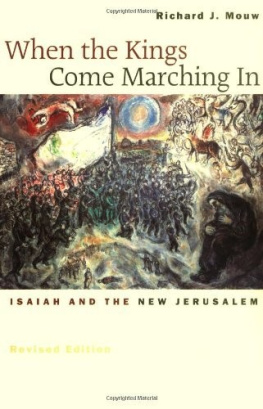
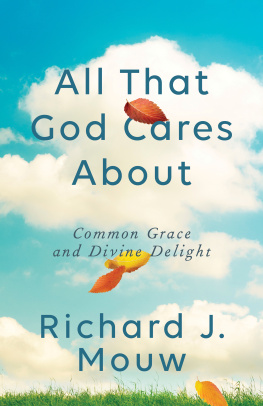
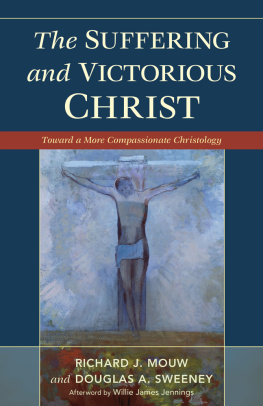
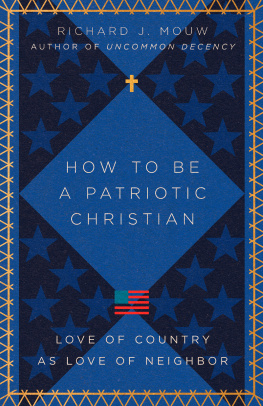
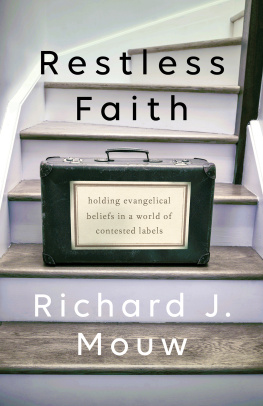
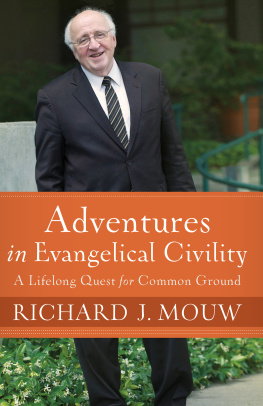
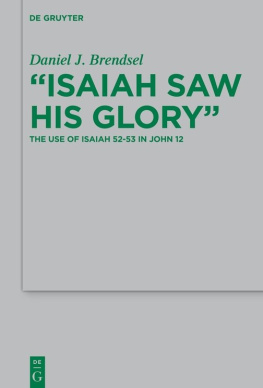

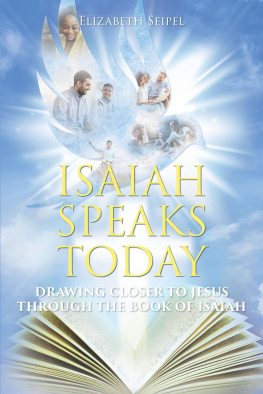
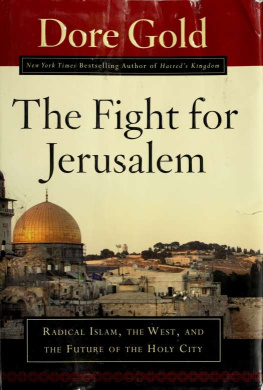
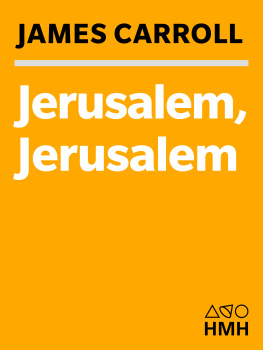






 'hen I was invited in the late 1910s to give a series of Bible study-type lectures at Bethel College in North Newton, Kansas, my hosts encouraged me to choose a theme that would be considered provocative on an Anabaptist campus. I chose to organize my lectures around what I take to be the "transformation of culture" emphasis in Isaiah 6o. My Mennonite hearers, while gracious and receptive, were not uniformly "non-resistant" in their responses to what I had to say. I came away from that stimulating encounter with a new appreciation for the complexities of the theme I had been developing.
'hen I was invited in the late 1910s to give a series of Bible study-type lectures at Bethel College in North Newton, Kansas, my hosts encouraged me to choose a theme that would be considered provocative on an Anabaptist campus. I chose to organize my lectures around what I take to be the "transformation of culture" emphasis in Isaiah 6o. My Mennonite hearers, while gracious and receptive, were not uniformly "non-resistant" in their responses to what I had to say. I came away from that stimulating encounter with a new appreciation for the complexities of the theme I had been developing. hroughout my career, first as a Christian philosopher teaching at a Christian liberal arts college and then in a seminary community where many cultures are represented, I have long been interested in questions of "Christ and culture." These questions bear directly on the courses I teach, and they come up regularly in discussions with students and former students who are struggling with vocation-oriented issues. The questions also appear as pressing challenges to me in my own attempts to be a Christian.
hroughout my career, first as a Christian philosopher teaching at a Christian liberal arts college and then in a seminary community where many cultures are represented, I have long been interested in questions of "Christ and culture." These questions bear directly on the courses I teach, and they come up regularly in discussions with students and former students who are struggling with vocation-oriented issues. The questions also appear as pressing challenges to me in my own attempts to be a Christian.